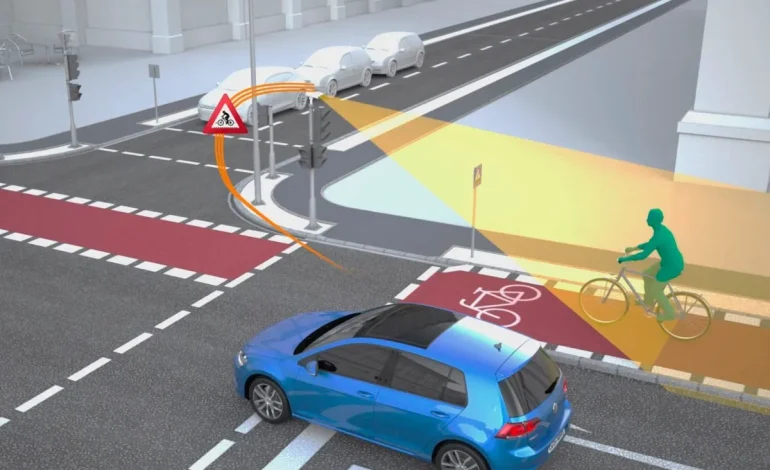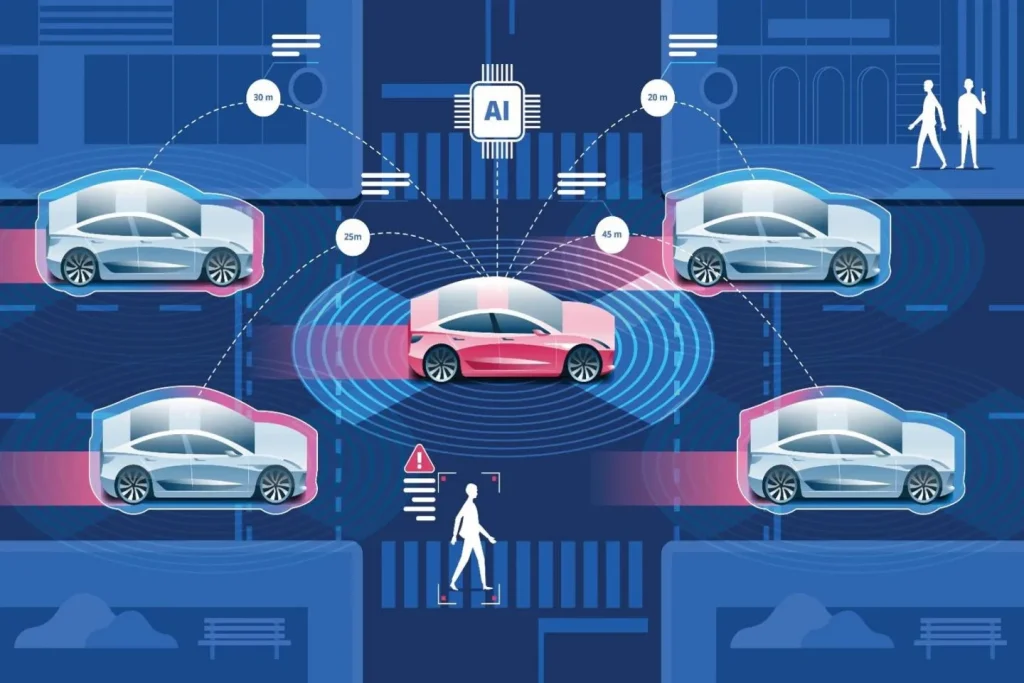China Deploys Smart Traffic Management in Pilot Cities

China has implemented AI-driven smart traffic management systems in several pilot cities, aiming to reduce congestion, improve road safety, and enhance urban mobility. Leveraging artificial intelligence, real-time data analytics, and Internet of Things (IoT) sensors, these systems optimize traffic flow, predict congestion, and enable dynamic signal adjustments, creating more efficient and sustainable urban transport networks.
Pilot programs have been launched in cities including Shenzhen, Hangzhou, and Xiong’an. IoT sensors installed in roads, vehicles, and intersections collect continuous data on traffic density, vehicle types, and speed. AI algorithms analyze this information to optimize signal timing, recommend alternate routes, and prioritize emergency vehicle access. Early results show smoother traffic flow, reduced commute times, and lower vehicle emissions, contributing to environmental sustainability and public safety.
Local authorities collaborate with technology providers and urban planners to integrate these systems with existing infrastructure, including public transportation networks. Real-time dashboards enable officials to monitor traffic patterns, respond promptly to accidents or road maintenance needs, and coordinate urban mobility efficiently. Citizens can also access real-time traffic information via mobile applications, enhancing convenience and reducing delays.
Experts highlight that smart traffic management aligns with China’s broader smart city initiatives, combining data analytics, predictive modeling, and AI-assisted decision-making to improve urban living. By integrating AI into transport systems, cities enhance operational efficiency while providing safer and more reliable commuting experiences for residents.
The deployment of smart traffic systems also supports broader urban planning and policy goals. Data collected from pilot cities inform long-term infrastructure development, road network optimization, and public transport planning. Integration with autonomous vehicle technologies and ride-sharing platforms is expected to further enhance traffic efficiency and reduce congestion in high-density urban areas.
China’s approach to smart traffic management demonstrates the practical benefits of combining AI, IoT, and data analytics. These pilot programs provide scalable models for other cities, enabling authorities to implement technology-driven solutions that improve mobility, reduce environmental impact, and enhance citizen experience.







